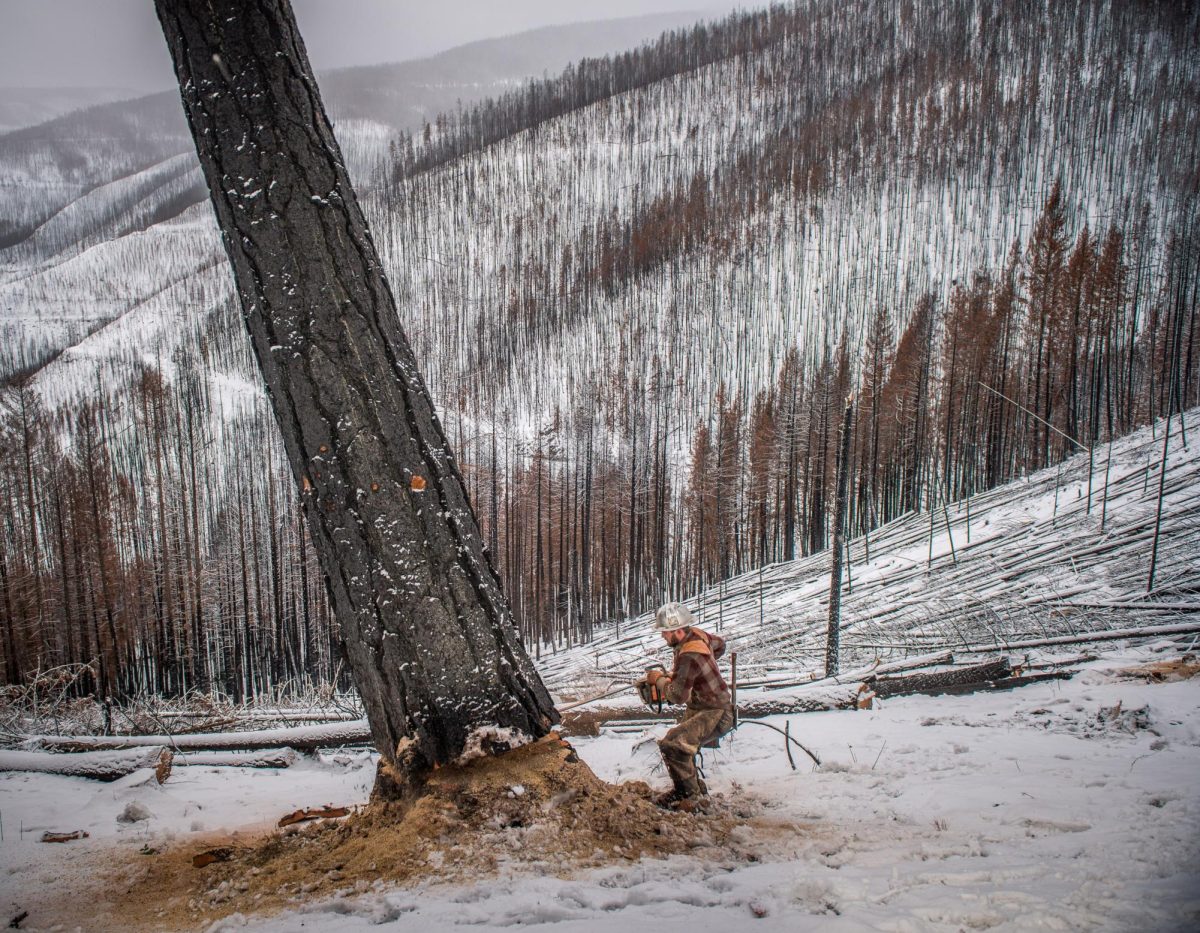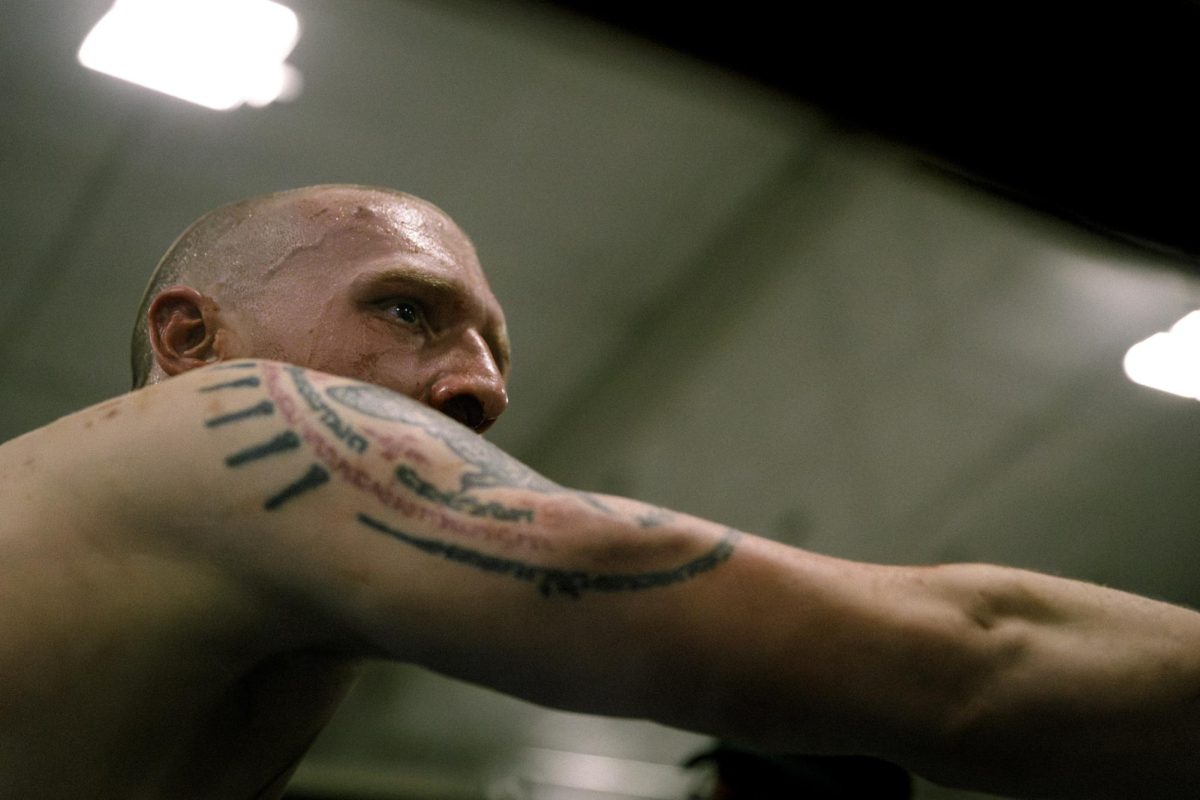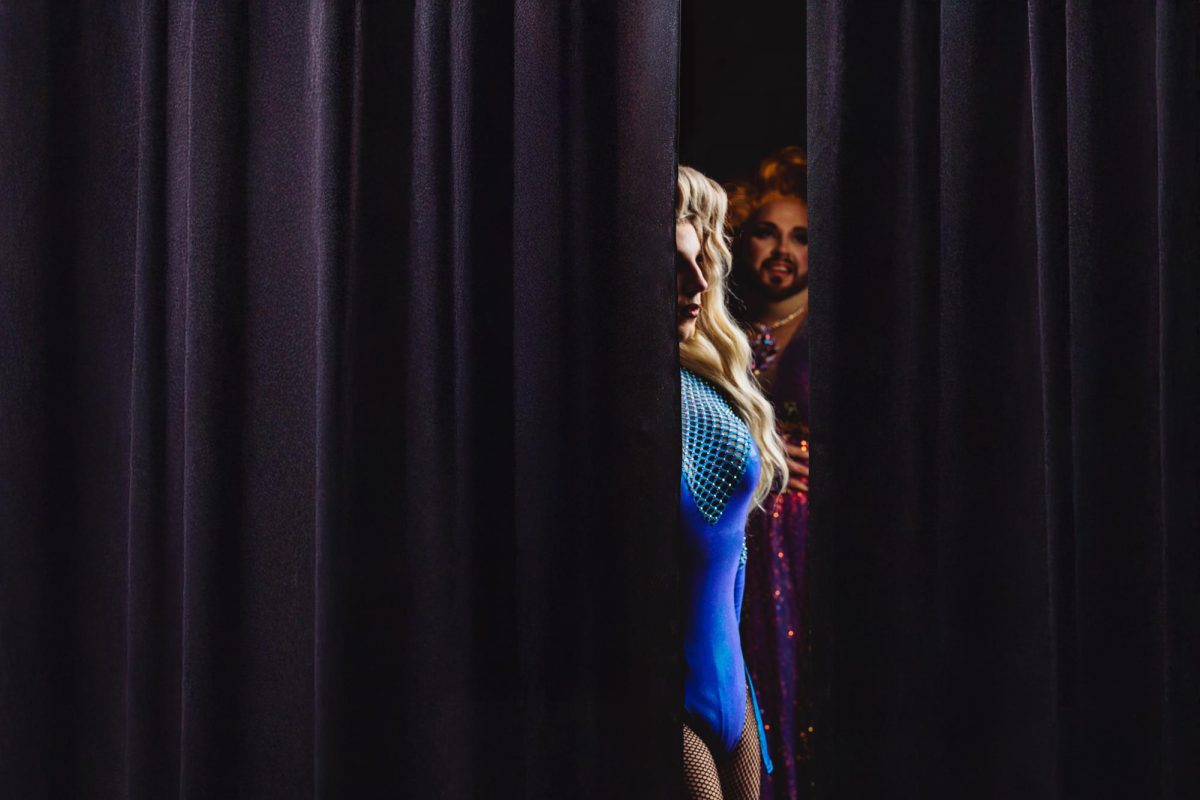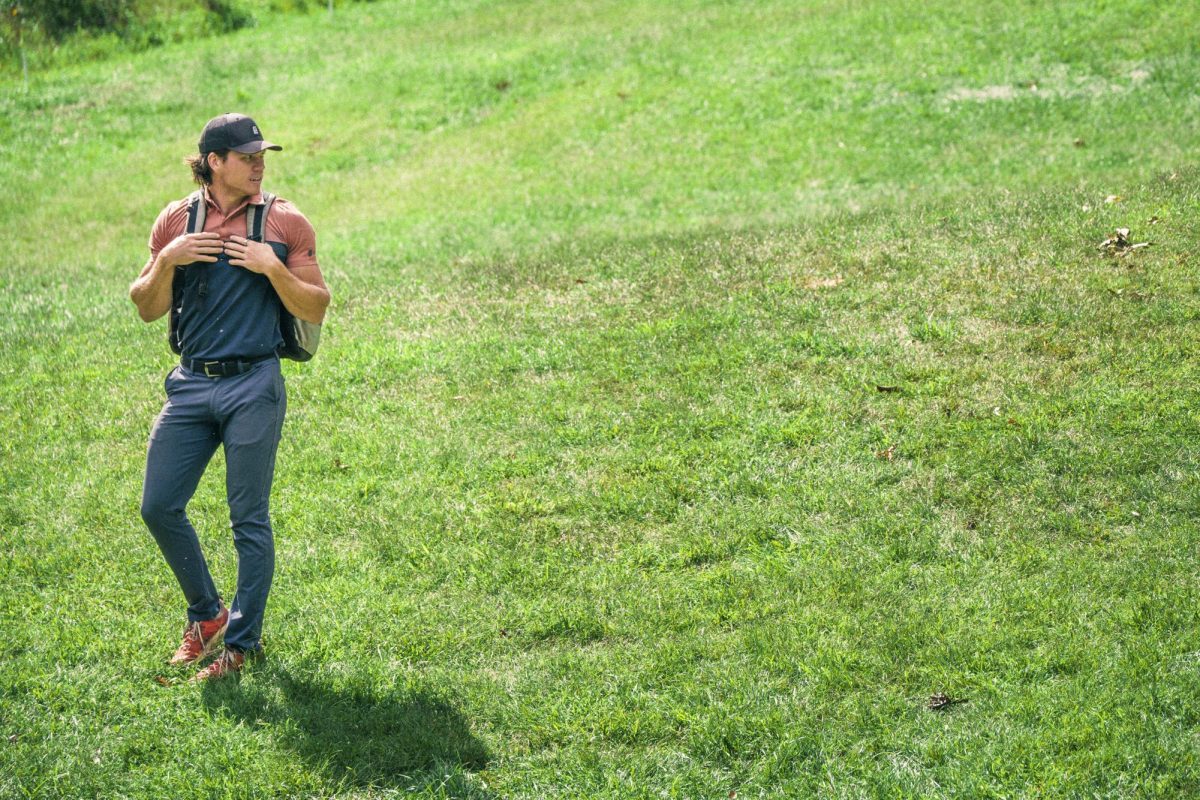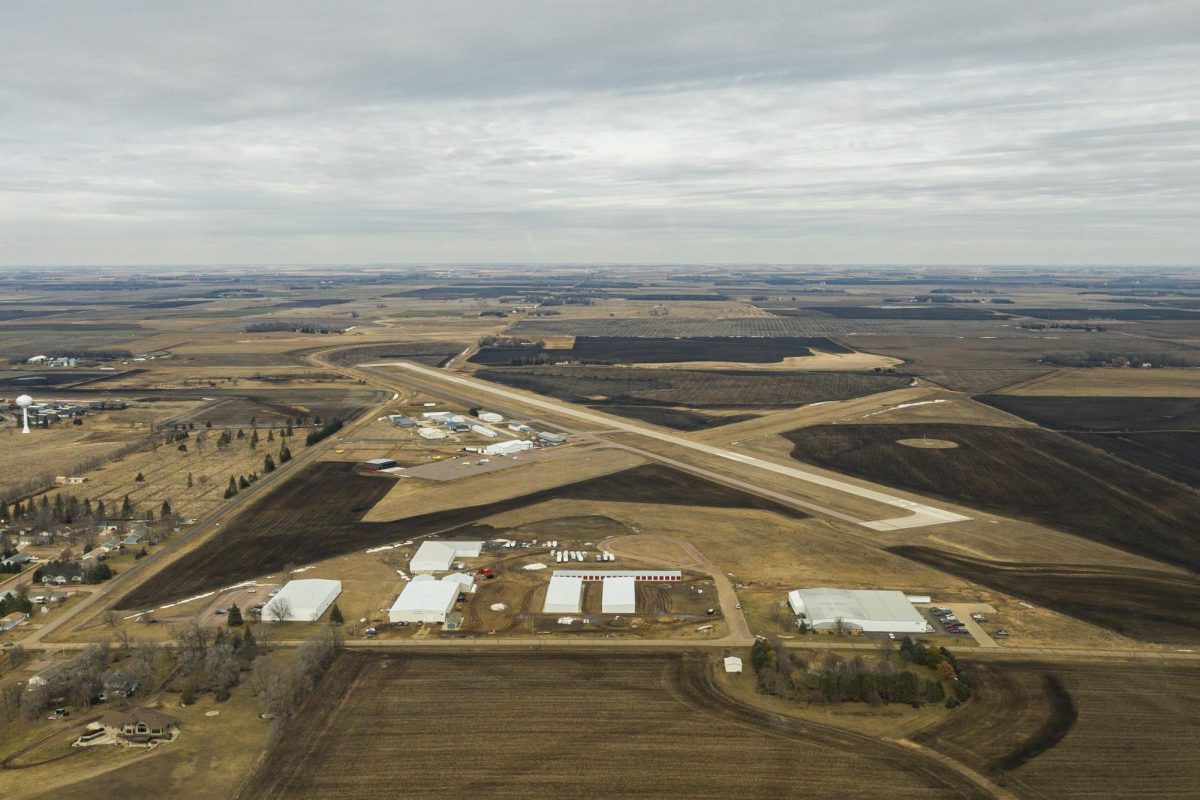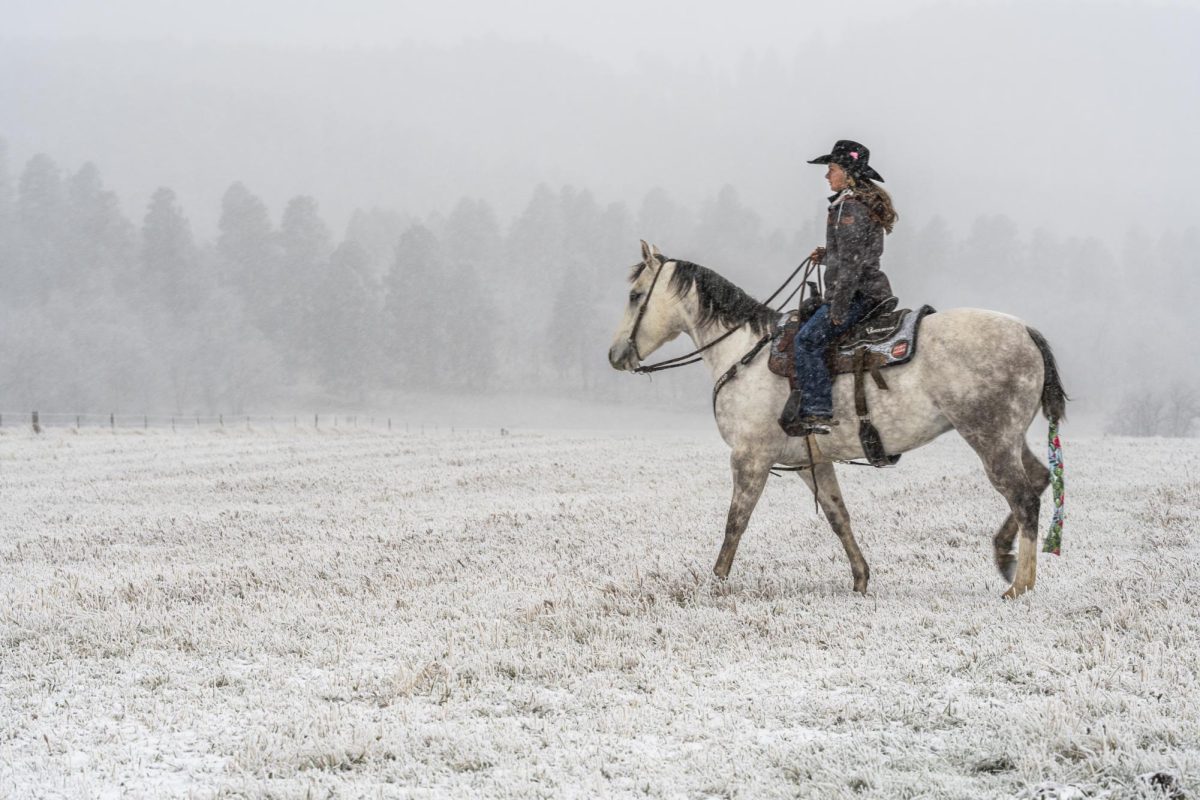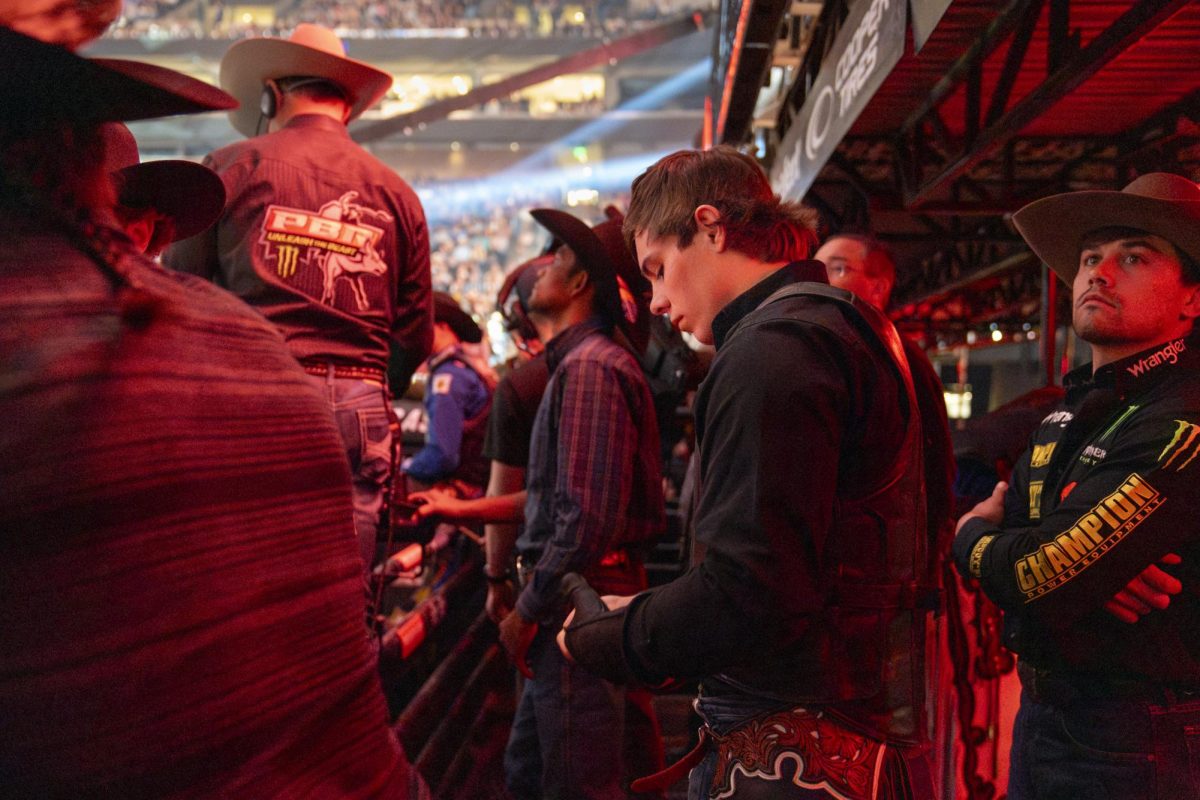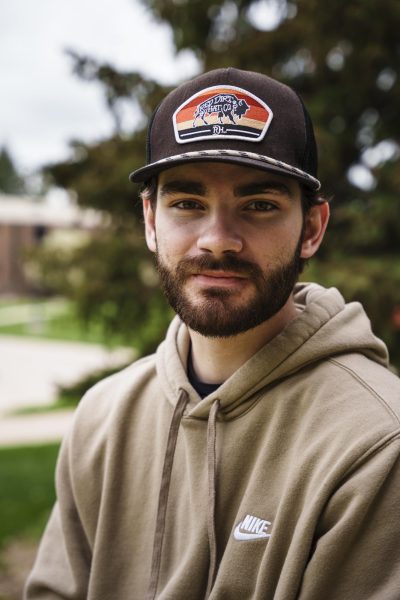Since Earth’s beginning, fire has been one of the greatest forces of nature. Like an artist’s mangled gum eraser, fire removes what is old and leaves a clean canvas for new life to leave its mark. But, unlike the artist’s tools, fire is alive. Fire is hungry. Thus, fire needs an artist to guide it.
Long before the European colonization of the “New World”, native tribes, such as the Yurok, Karuk and Coast Miwok, became students of fire and learned how to redirect thousands of acres of inferno away from their homes by burning the area around their settlements before the wildfire could have a chance. By fighting fire with fire, these tribes preserved their lives and cemented themselves in history as the first wildland firefighters.
Thousands of years later, long after the establishment of the United States of America, wildfire had once again become an issue of major concern. Long forgotten were the ancient native techniques of controlled burning, replaced by faulty tactics that involved buckets of water, ditch digging and the high likelihood of a premature cremation. It wasn’t until the mid-20th century that the U.S. Forest Service came to the realization that they too needed to become students of fire in order to survive the destructive onslaught of the fire season.
Today, thousands of acres, homes and lives are saved from nature’s relentless blaze each year because of the men and women who adapted. These heroes who learned how to battle one of nature’s greatest weapons. Heroes like Ray Varland.
Raised in Douglas, Wyoming, Varland was not unlike any other Wyomingite. He was an avid outdoorsman, a wildlife enthusiast and a devoted collector of rocks. And, like so many high school seniors, had no idea what he was going to do with the rest of his life.
“When I was in high school, I interned with a wildlife biologist who worked for the [U.S.] Forest Service,” Varland said. “I thought it sounded like an interesting enough job. But, while I was interning with him, he talked about how he worked as a seasonal wildland firefighter in the summer for some extra money while he was in college.”
The conversation sparked Varland’s interest, and he began looking further into job opportunities and potential career paths with the Forest Service as graduation approached.
“The guy I interned with said that I should talk to folks from a bunch of different disciplines within the Forest Service,” Varland said. “I got to talk with a bunch of different folks, including the Fire Management Officer (FMO) for the area. We sat down in a conference room and he told me about his career. He started on a [fire] engine right out of high school and worked his way up from there. He just kind of fell into and it worked.”
Varland’s meeting with the FMO essentially cemented his interest in joining up with the Wildland Fire Department, but it would be years before he understood what it truly meant to become a wildland firefighter.
“I was just a senior in high school,” Varland said. “I didn’t know what I wanted to do, and becoming a firefighter sounded cool. But I had a loose understanding of what the job really was. Even though I grew up in Douglas, I’d never really seen that many wildfires.”
At 18 years old, just a few days after graduation, Varland began his first season as a wildland firefighter for the U.S. Forest Service on a type-six engine crew based in Estabrook, Wyoming.
“My first fire was on the Wyoming-South Dakota border outside Newcastle,” Varland said. “It was up the WhoopUp Caynon.”
On July 17, 2011, the WhoopUp Fire ignited, and within 24 hours, the blaze had engulfed over 4,000 acres. Evacuation orders were released as the fire grew, and Varland’s crew was called into action. It wasn’t until after the WhoopUp Fire had burned through over 7,000 acres that firefighters on the scene were able to contain the spread.
“Pretty much all I got to do was clean up a fire line on some barren hillside,” Varland said. “In hindsight, that was a good foreshadowing event for how the rest of my first season turned out.”
The rest of Varland’s rookie season transpired without any major incidents. Despite the relatively boring first impression firefighting made, he was hooked and made the decision to return for round two.
“My second fire season was really busy,” Varland said. “We burned around a hundred-fifteen-thousand acres on our district. It was just non-stop all summer.”
After his second season, Varland had gotten a better taste of what working in fire had to offer, and he decided the time was right to chase new experiences with a different crew.
“I stayed in the same district, but I moved over to the north side of Douglas and joined a type-four engine crew that belongs to the Thunder Basin National Grassland,” Varland said. “I worked with those guys for two years as well. It was a nice experience, I got to work with different fuel types, different overhead and a new crew.”
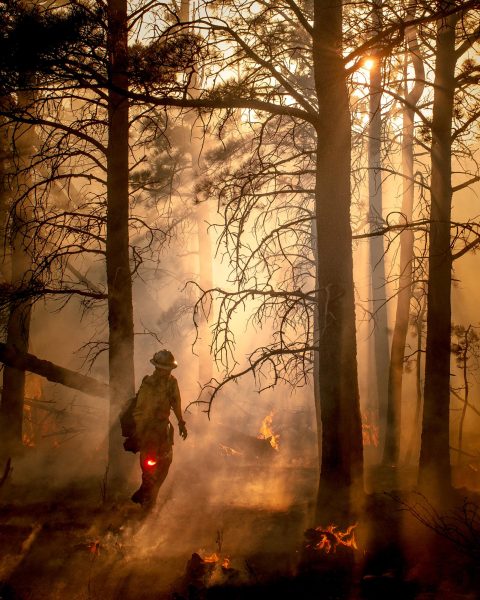 By his fourth season, wildland firefighting had become a part of Varland’s life. During his short stint, he had already begun to build a reputation for himself as a driven, hardworking man. Especially in the eyes of his captain on the Thunder Basin Grassland.
By his fourth season, wildland firefighting had become a part of Varland’s life. During his short stint, he had already begun to build a reputation for himself as a driven, hardworking man. Especially in the eyes of his captain on the Thunder Basin Grassland.
“My engine captain worked with the Gila Hotshots from the Gila National Forest for a few years,” Varland said. “One day he told me that he thought I would make a good hotshot and that I should try to get on a crew to experience what that was like. At that point, I was still more clueless than I realized, and I agreed to start looking for a crew to join.”
Unbeknownst to him at the time, joining a hotshot crew is one of the biggest steps a wildland firefighter can make in their young career. Hotshot crews are home to some of the most skilled and dedicated firefighters in the nation. These crews are historically known for their speed and aggression and are often the first on the scene of the largest and most dangerous fires.
“I contacted Kyle Miller, a Wyoming Hotshot I met when we were both doing some work with the state helitack [firefighter] crew and got a job on the Wyoming Hotshots the next year,” Varland said. “Before I left to join the hotshot crew, my engine boss warned me that it would be nothing like my time on the engine. But I was twenty-two at the time and thought nothing of it.”
That next season, Varland began again as a rookie on the Wyoming Hotshots.
“It was humbling,” Varland said. “Becoming a hotshot was a completely different animal, but it was still a great time. I got myself on a chainsaw team my first year, and had the chance to work with really knowledgeable and talented folks.”
Although the training was far more difficult, and the work much more harrowing than anything Varland had experienced as a firefighter, it was while he was a Wyoming Hotshot that he found his calling.
“I believe Ray came to the crew in 2016,” Miller said. “He was a scrawny little feller back then, but he was such a driven individual, so I pushed to get him hired onto the crew. From the beginning, I knew he was gonna work out, we just needed to get some meat on his bones.”
Miller, who led a chainsaw team as a saw boss at the time, brought Varland onto his crew and began training him to become a sawyer.
“He was solid his first season,” Miller said. “He kept up with the team well and worked hard. But, like every other first-year hotshot, he just had no idea just how physically demanding the work really is. It’s kind of a universal thing. People tend to not understand the the weight of the expectations that are put on them before their first season as a hotshot. But, I think the people who really earn their spot on the crew are the folks that take the offseason before their second season and just put the work in. And that’s exactly what Ray did.”
At the end of Varland’s first season as a hotshot, Miller offered him an off season job that would provide him the opportunity to take his physical fitness to the next level and improve his skills with a chainsaw.
“I used to do some logging in the winters between fire seasons,” Miller said. “After Ray’s first season, I took him with me to live up in the boonies on an old ranch with no power and set him up on a strip to get him some trigger time. He did great, he really improved his skills with a saw and hit the weights in the offseason.”
 In Varland’s second season with the Wyoming Hotshots, he made sawyer and earned his own chainsaw. By the time he left the hotshots after four years, Varland had climbed the ladder to become lead sawyer on the team.
In Varland’s second season with the Wyoming Hotshots, he made sawyer and earned his own chainsaw. By the time he left the hotshots after four years, Varland had climbed the ladder to become lead sawyer on the team.
Towards the end of Varland’s time on the hotshot crew, it had been brought up on occasion what he planned to move on to. For many, retiring from a shot crew meant moving on to an office job within the Wildland Fire Department or returning to the more laid-back work schedule of an engine or fuels crew. But, for a man like Varland, with his head in the clouds, the sky was the limit.
“No one understands what you have to go through to earn your spot as a smokejumper except for those who have gone through it themselves,” Miller said. “They want to test you, and they’re gonna play mind games with you. They want to see what kind of drive you have, and if you have the mental strength to keep going. Ray had what it took.”
The ability to overcome is one of the most valued traits among jumper crews. In 1939, the U.S. Forest Service realized that it was imperative that they figured out a way to catch a wildfire before it grew too big to handle. Their solution was to take a page out of the Army’s book and start throwing their firefighters out of airplanes 3,000 feet in the air with over 120 pounds of gear strapped to their bodies.
Immediately after the hard landing, smokejumpers often have to hike through miles of nearly untouched wildland to reach the fire. A typical deployment, also known as a roll, can last anywhere from 14-28 days, each day lasting a minimum of 16 hours. During that time, firefighters have little to no contact with the outside world, all they know is the mission at hand.
“After my last season as a hotshot, I talked to a lot of folks, sent out a bunch of applications and ended up signing a rookie contract with the smokejumper crew out of West Yellowstone,” Varland said. “It was a really stressful environment, both extremely mentally and physically demanding. But I had a great time. The work was so fulfilling.”
During his five-year stint as a smokejumper, Varland got to see and experience things during his workday that most would consider a dream vacation.
“It’s impossible to pinpoint one single memory as a smokejumper that I could call my favorite,” Varland said. “But all the ones that stuck with me seemed insignificant at the time. I remember watching the sunset on a fire in Southeast Arizona and it just looks like the fucking Patagonia logo there are so many colors. I got to see the Madrean Sky Islands, the Cochise Stronghold and the Dragoon Mountains. I also remember when I was on a fire in Canada, I got to jump out of a bomber plane from World War Two. It’s moments like that that have really stuck with me, it’s part of why I loved the job so much.”
Varland’s five-year stint as a smokejumper led him to countless significant moments. It was during this time he traveled the country, forged his place in a brotherhood and met the love of his life – his wife, Hailey. But it was also during this time when he experienced unimaginable hardship, and one of the greatest losses of his life.
“Working in fire is difficult,” Varland said. “Anyone who has done fire for a substantial amount of time has knee problems or back problems. And you also miss things, my brother happens to have a birthday on July fourth, and, even though he and I are very close, I’ve only been able to see him on his birthday once in the last fourteen years. And then, eventually, you have to deal with things like folks getting injured and fireline fatalities.”
Throughout his career, Varland had been witness to numerous accidents on the fireline. Although there are many safety procedures in place, becoming a wildland firefighter means signing up for danger. But, unfortunately, for many the true weight of the risk they’re taking never settles until that worst-case scenario happens to someone close.
“In 2021, we were down in Silver City, New Mexico, staffed at the smokejumper base down there,” Varland said. “On May twenty-fourth, we got a call about a fire just five miles off the Mexican border in the Animas Mountains. There were eight of us loaded up in the plane, including my buddy Tim Hart.”
Despite unfavorable wind conditions, the crew prepared to jump and took off for the fire in the hopes of cutting it off before it grew too large to contain.
“Even though it was a little windy, it seemed like a pretty simple jump,” Varland said. “But, on the way down, Tim drifted out of the landing zone and he dropped onto a pretty shitty rock pile. He was unconscious when we found him, but we did what we could to take care of him before the pilot was able to get him out of there.”
Hart was flown to a hospital in El Paso, New Mexico, where he spent the next eight days in the ICU.
“Early on we were pretty optimistic,” Varland said. “You hear stories all the time about people getting fucked up on the job and surviving. But after a few days, it became pretty obvious that he wasn’t getting any better. Then the realization just hit that we weren’t going to have Tim anymore.”
Tim Hart passed away June 2, 2021.
“Tim was the kind of person that we all need more of,” Varland said. “He was an experienced, capable firefighter. He was such a special guy.”
Following his friend’s death, Varland spent two more seasons as a smokejumper before deciding the time was right to hang up the parachute. Wanting to finally move in with Hailey, Varland took a job in Cody, Wyoming, as the assistant captain of the fuels crew. By the end of his first season, he was promoted to captain. Although he’s no longer jumping from planes or working with the nation’s most elite firefighters, Varland has discovered a new calling.
“Transferring from high-level firefighting like jumping to a fuels crew has been a completely different challenge,” Varland said. “It’s been humbling and really rewarding. I’m starting to get a taste of the excitement that younger guys feel about things like their very first fire. It’s that kind of brand new excitement that I lost my appreciation for working with veterans for so long.”
As his fifteenth season in fire approaches, Varland has nearly reached senior status as a firefighter. And even though he loves to joke, mess around and bullshit with his friends and coworkers about ridiculous topics, his views on what truly matters most in fire and in life are deadly serious.
“The people around you are what’s most important,” Varland said. “Everything is more resilient than you think, whether its the what you think will be the easiest tree you’ve ever cut down, the people around you or yourself, and everything always finds a way to work itself out. What’s truly important, is taking care of your folks.”

